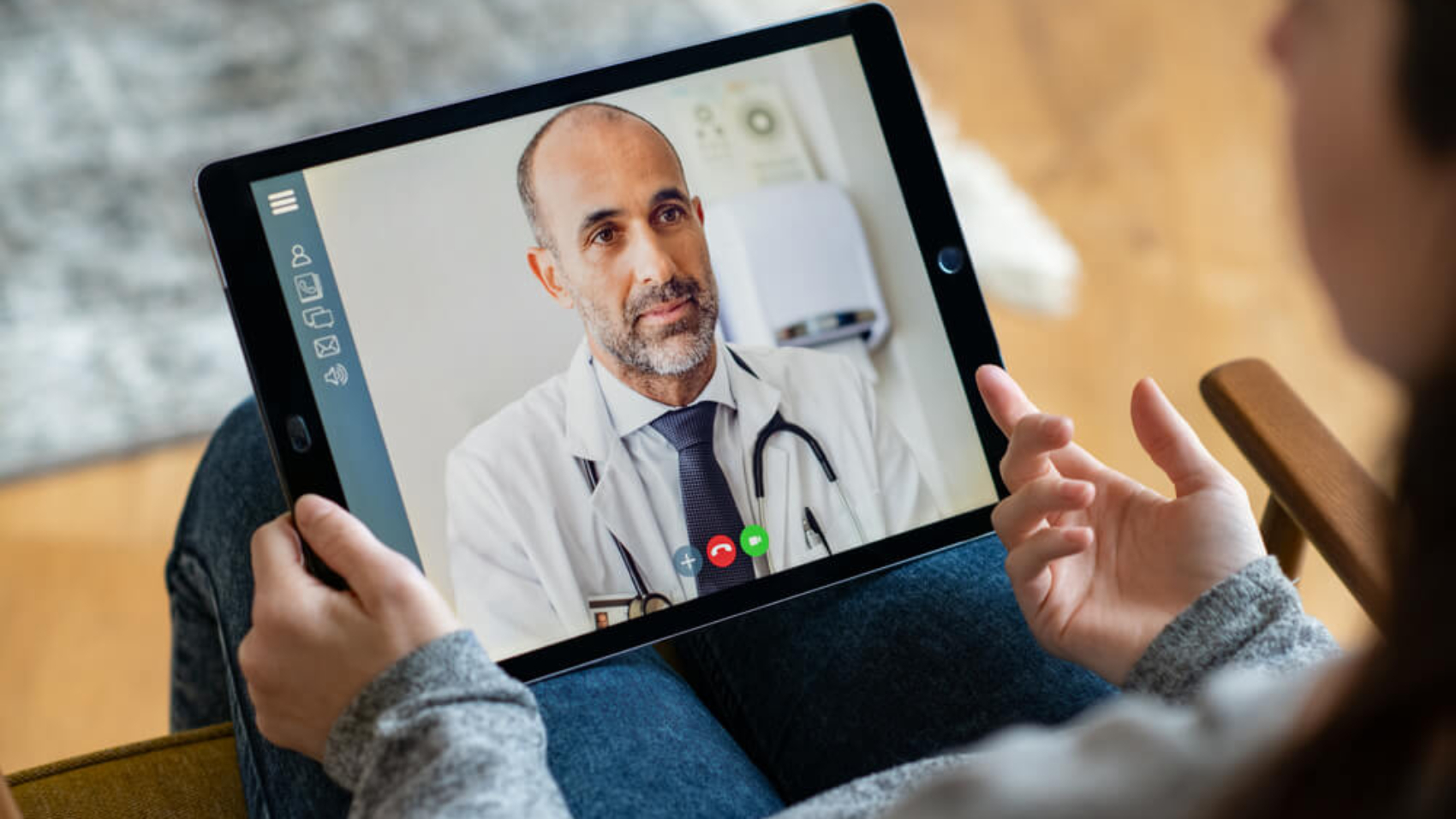Access to healthcare remains a pressing issue in rural areas. Residents often face significant barriers when seeking timely and adequate medical care. Telemedicine in rural areas is emerging as a powerful solution to these challenges, transforming healthcare delivery in underserved communities.
The Challenge of Healthcare Access in Rural Areas
Rural populations encounter several obstacles when accessing healthcare services:
- Limited Facilities: Approximately 20% of Americans reside in rural areas, but only about 10% of physicians practice there. This results in limited access to essential medical services.
- Provider Shortages: The U.S. Health Resources and Services Administration (HRSA) reports that rural areas comprise 60% of designated Health Professional Shortage Areas (HPSAs). This highlights a significant scarcity of medical professionals in these regions.
- Transportation Barriers: According to a study published in the Journal of Rural Health, nearly 25% of rural residents have reported being unable to access healthcare services due to transportation issues. This greatly hinders their ability to seek medical attention.
- Financial Constraints: A survey from the Rural Health Research Center found that 60% of rural patients have delayed care due to costs. This highlights the economic strain associated with seeking medical assistance.
How Telemedicine in Rural Areas Addresses These Challenges
Telemedicine in rural areas offers innovative solutions that effectively bridge these gaps:
- Convenience and Accessibility: A study by the American Telemedicine Association found that 85% of rural patients are satisfied with telehealth services. They cite convenience as a major benefit of these services.
- Increased Provider Availability: Telemedicine allows patients to consult specialists beyond their local area. A survey indicated that 60% of rural patients who utilized telemedicine accessed care from specialists they otherwise couldn’t see.
- Cost-Effectiveness: Research conducted by Deloitte found that telemedicine can reduce healthcare costs by as much as 40%. This is mainly due to decreased travel expenses and less time away from work.
- Continuous Monitoring: A report from Grand View Research projects that the global remote patient monitoring market will reach $2.1 billion by 2025. This indicates a growing trend of utilizing technology for chronic condition management.
- Education and Awareness: Telemedicine platforms facilitate access to educational resources. A study published in the Health Affairs Journal revealed that 70% of telemedicine users reported improved health literacy through online consultations and follow-up resources.
Success Stories
Numerous initiatives illustrate the positive impact of telemedicine on rural healthcare:
- Telepsychiatry: In New Mexico, a telepsychiatry program reduced wait times for mental health services by 50%. This improvement allowed patients to access care more quickly.
- Chronic Disease Management: The University of Iowa found that patients with diabetes using telemedicine showed a 1.3% decrease in HbA1c levels over six months. This indicates improved management of their condition through remote care.
The Future of Telemedicine in Rural Areas
The future of telemedicine in rural areas is promising. Technological advancements will enhance service delivery and expand access. Innovations such as AI-driven diagnostics and improved broadband connectivity are expected to broaden the scope of telehealth services.
The Role of Carepoi
By leveraging cutting-edge technology and a user-centric system, Carepoi is poised to redefine how patients connect with healthcare providers. As we look to the future, Carepoi aims to bridge the healthcare gap, ensuring that quality medical care is accessible to all, regardless of their location. This innovative approach not only enhances convenience but also empowers patients, fostering a healthier future for rural population

